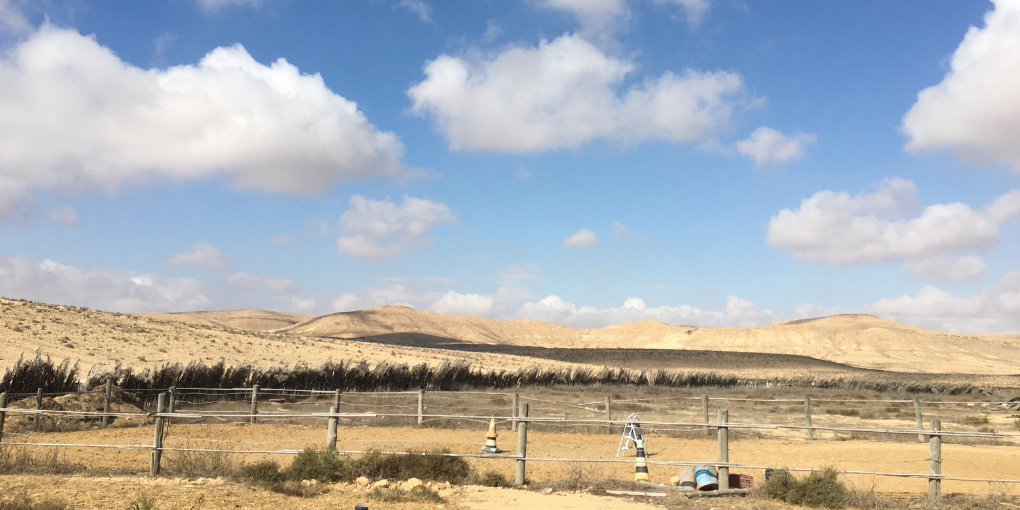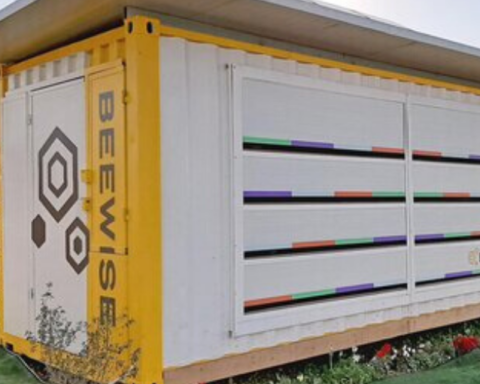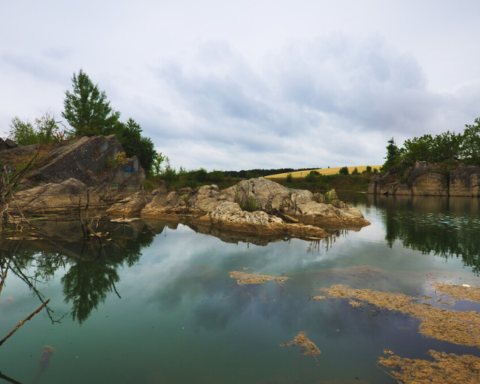It’s no secret that water is in short supply and large demand in Israel. While the country placed itself on the map for water desalination and drip irrigation as resource-saving hacks, climate change, and population growth are quickly creating an undeniable truth – the water is drying up.
Despite having cultivated much of its desert lands for farming purposes, the valuable groundwater which makes it possible is moving up, making wetlands wetter, and drylands drier. With the continual challenges of poor environmental circumstances, how can Israel’s desert flourish? Today, Israel is 60% desert, much of which has turned to green fields and food production. The challenge is, how will it be possible to keep it this way?

Professor Pedro Berliner of Ben Gurion University believes that returning to ancient techniques could create another way to resource any remaining waters. A Nabatean technique uses dips in the desert ground, where water does not get absorbed but is sealed into small depressions. These small spaces can be a healthy environment for growth, as well as low income and low technology.
Another way to boost food security is fish farming, a major agricultural exploration taking place in the Negev desert. Professor Amit Gross, who leads water research at Ben Gurion University, is hopeful about its success and has crafted a way to barely use water to breed fish. Within their system, water is 99.5% recyclable, and fish like tilapia, bass, and barramundi can grow all year long due to the warm weather. The aquaculture system uses any waste to create energy, which fuels the system. Over 50% of fish supply today comes from aquaculture and Gross says it’s the fastest-growing sector.
Despite the techniques, ancient and advanced, to save the world’s most precious resource, the big question remains. How can we use less water?








